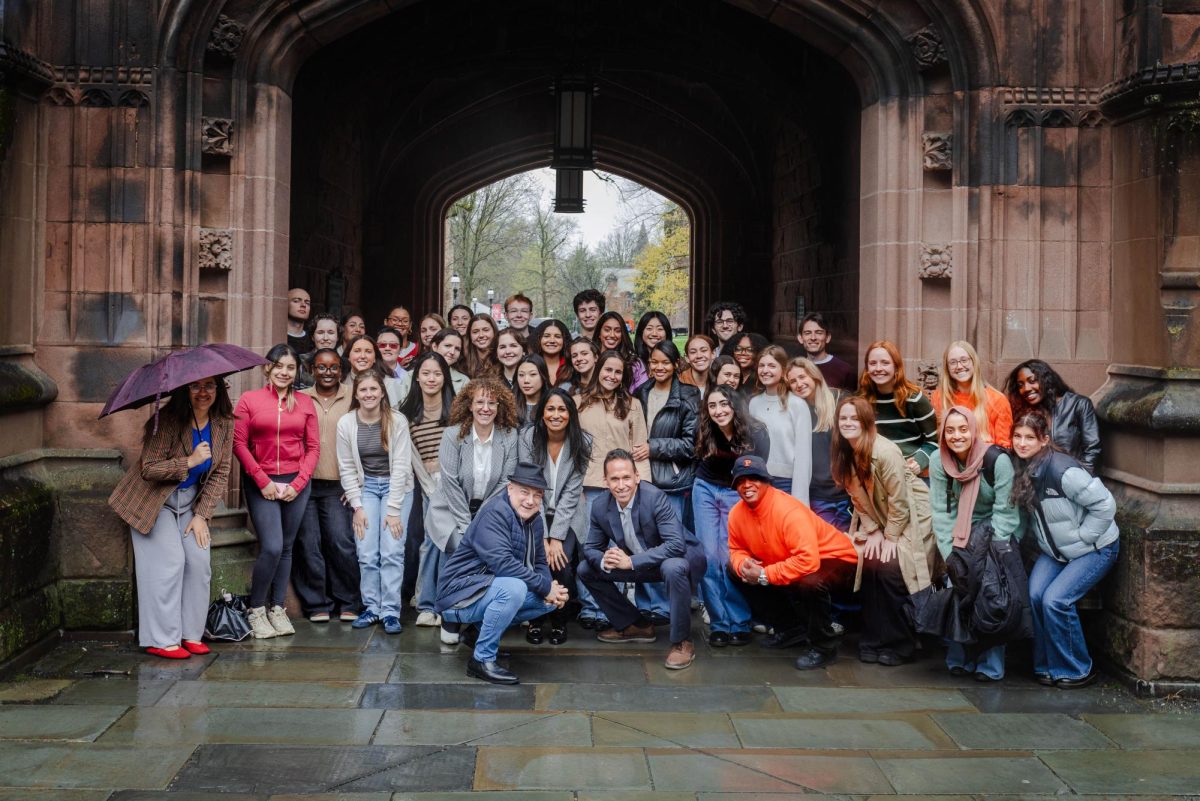Women’s Soccer Demands Equal Pay for Superior Work

April 4, 2016
Women’s soccer has continually fought for the same benefits as male counterparts. Last December, U.S. Women’s National Team goalie Hope Solo and forward Alex Morgan publicly complained of the disparity in pitch quality between women’s and men’s soccer stadiums.
As part of their continuing fight for equal treatment, five members of the USWNT, including Morgan and Solo, filed a complaint with the Equal Employment Opportunity Commission against the United States Soccer Federation, the representative body for men’s and women’s soccer, for wages discrimination.
The common justification for paying women less than men in sports such as basketball and soccer is that they bring in less revenue. Yet, as the USWNT has pointed out in their suite, they set viewership records and exceeded revenue projections by millions during their last World Cup victory.
The 2015 World Cup final was seen by 25.4 million viewers in the U.S., the highest of any soccer match of any kind in this country — men’s or women’s. U.S. women’s soccer has the potential to earn far more than men’s soccer, but women’s players still do not even earn the same amount for winning as men’s players earn for just showing up.
Simple fairness should dictate that the women’s team be paid more. The U.S. women’s team has placed in every World Cup since the inception of the Women’s World Cup, and should be the pride of the nation and an avenue through which women’s soccer can rise to the same heights as men’s soccer. Instead, the men’s team is paid more than double, despite seldom making it past the round of sixteen.
Sports commentators always herald the U.S. Men’s National Team as a way to get Americans interested in soccer. Even if the men’s team loses every time, the brand-building power of fanfare and suspension serves as the only flimsy justification for this blatant pay inequality. But the delusion cannot upstage the facts. During their respective World Cups, the men earned $9 million for losing in the round of sixteen, while the women’s team only earned $2 million, despite being the world champions.
Our women’s soccer team should be an inspiration for the next generation of female athletes. But we fail as a society in providing incentive to young girls to pursue soccer when the excellent women’s team earns only a fraction of what their male counterparts make for mediocrity.
The U.S. women’s team could blaze a trail for young girls everywhere, but this can only happen if we recognize the USWNT for what it is: one of the single greatest women’s teams on the planet. We need to demand equal pay for this team that regularly brings glory to the U.S. on the international stage.
Opinions expressed on the editorial pages are not necessarily those of WSN, and our publication of opinions is not an endorsement of them.
A version of this article appeared in the Monday, April 4 print edition. Email Shiva Darshan at [email protected].























































































































































